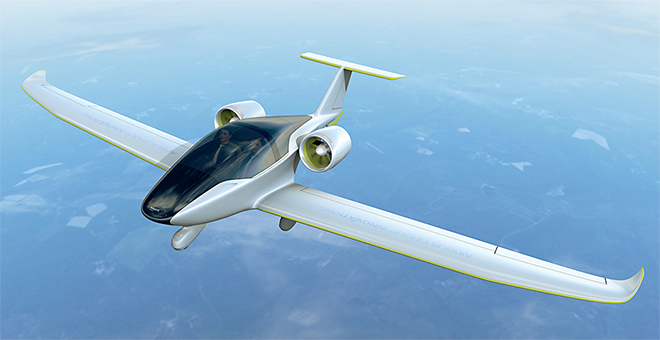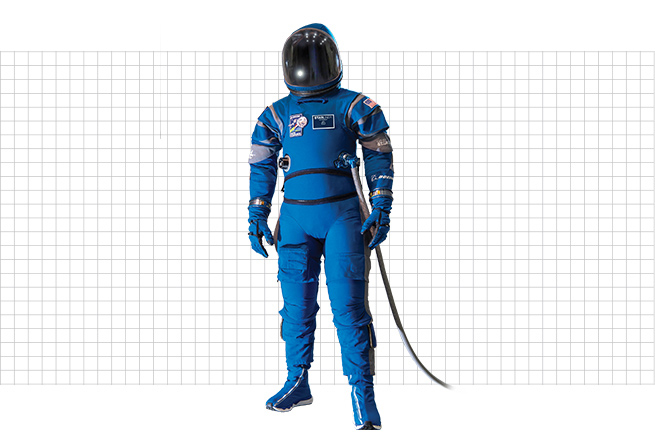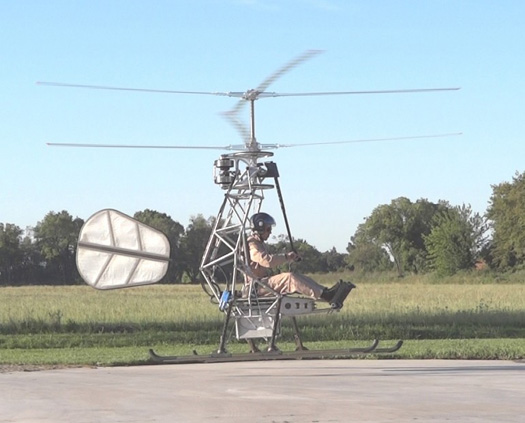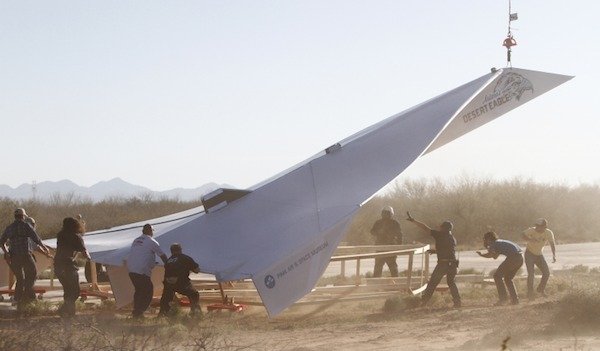

In May, inventor Glenn Martin—along with fire-rescue officers and crews on board a pair of chase helicopters—watched as his jetpack flew for nine minutes and 43 seconds, soaring 3,500 feet into the New Zealand sky. Had the machine been holding a live person instead of a 150-pound dummy, it would have smashed the record for the longest and highest jetpack flight ever. Every other such device in history has managed to be airborne for, at most, only a minute or two. But Martin was out to do more than set records with his demonstration. He wanted to prove that his design was safe enough to become the first commercial jetpack—one anyone could buy and fly.
Click here to launch a gallery looking at the finally airborne jetpack.
Martin had flown his machine thousands of times before the May launch, but never higher than a few feet. Since the jetpack’s first public flight in 2008, Martin and his team of 10 engineers haven’t changed its basic design: a two-stroke, custom-designed gas engine spins a pair of ducted fans that generate thrust. They did, however, convert the original cable-and-pulley steering system to an entirely electronic, fly-by-wire system. A cellphone-size flight-control unit made by defense contractor Rockwell Collins and commonly used in Predator UAVs allows Martin to set bounds on pitch, roll and yaw, and generally steadies flight, canceling out a new pilot’s jerky maneuvers (it also means no backflips, unfortunately). By adding remote control to the jetpack, its applications expand. A search-and-rescue team, for example, could remotely pilot a Martin Jetpack to a hard-to-reach spot in a disaster zone, instruct a victim to strap in, and fly him to safety. Or soldiers could use the jetpack to fly a mini cellphone tower to a hilltop for temporary communications.
Martin says that he hopes people will also use his jetpack for recreation. He’s designing it to meet FAA ultralight standards, which will limit the speed to 63 mph and flight time to around 30 minutes. Flyers won’t need a pilot’s license, but they will need about $100,000 to buy the rig, which includes a mandatory two-week training session. The first units could ship as early as next year.

THE PRIOR PACK
When Glenn Martin first unveiled his jetpack in 2008, it could hover only a few feet off the ground. He earned a PopSci Best of What’s New award that year, but critics argued that the jetpack would never get much higher than a few feet. The design’s fans, they said, were pushing air down off the ground for lift. Martin’s jetpack actually speeds flow to alter air pressure, generating lift at any height.



















